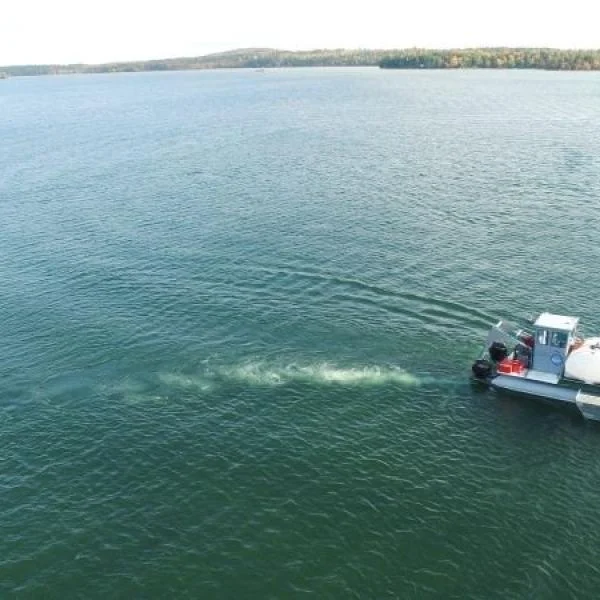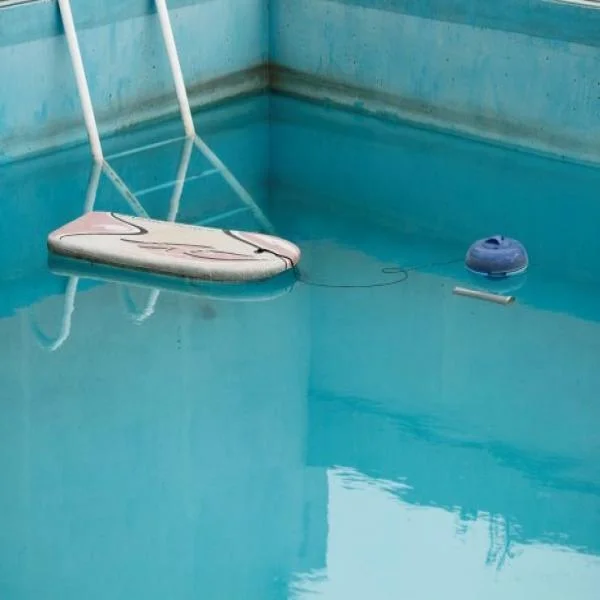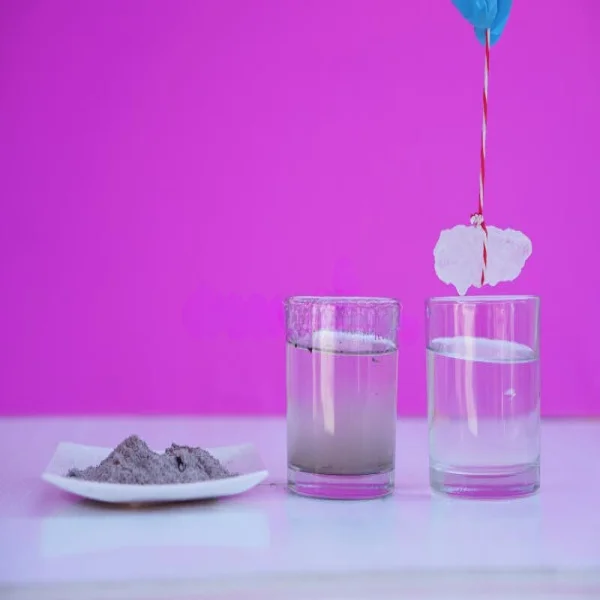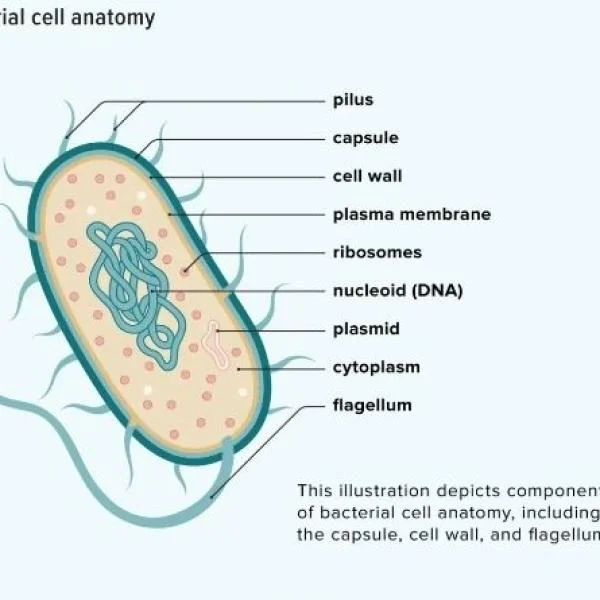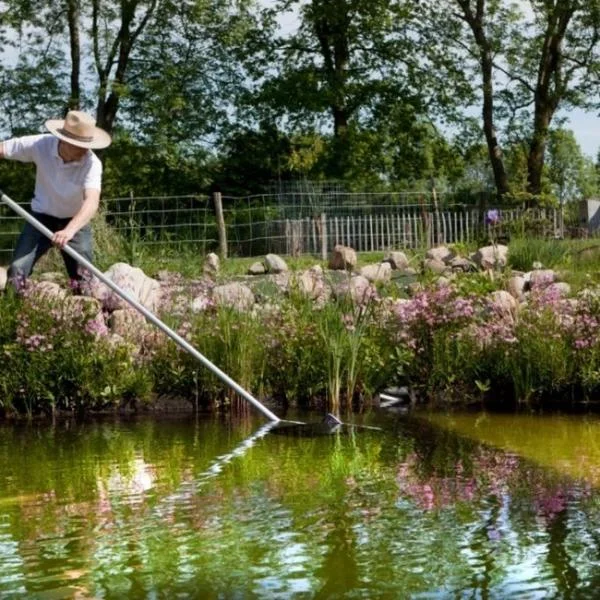
Maintaining a pristine swimming pool can be challenging, especially when dealing with persistent cloudiness. While there are various pool treatment options available, pool flocculant stands out as one of the most effective solutions for quickly achieving crystal-clear water. This comprehensive guide will walk you through everything you need to know about this powerful pool cleaning agent.
What is Pool Flocculant and How It functions?
Understanding the science behind pool flocculant is crucial for every pool owner looking to maintain optimal water clarity. Unlike simple filtering agents, pool flocculant works through a sophisticated chemical process that actively targets suspended particles in your water.
Pool flocculant, commonly referred to as "pool floc," is a specialized coagulant that works at the molecular level to attract and combine microscopic particles suspended in your pool water. These particles, which can include bacteria, viruses, dead algae cells, organic matter, and other microscopic debris, are typically too small and light to be captured by standard pool filters. The flocculant's chemical composition creates an attraction between these particles, forcing them to cluster together into larger, heavier masses that can no longer remain suspended in the water.
The process occurs through a chemical reaction where the flocculant's polymers create bridges between particles, effectively binding them together. As these particle clusters grow larger and heavier, gravity takes over, pulling them down to the pool's bottom where they form a concentrated layer of sediment that can be easily removed through vacuuming.
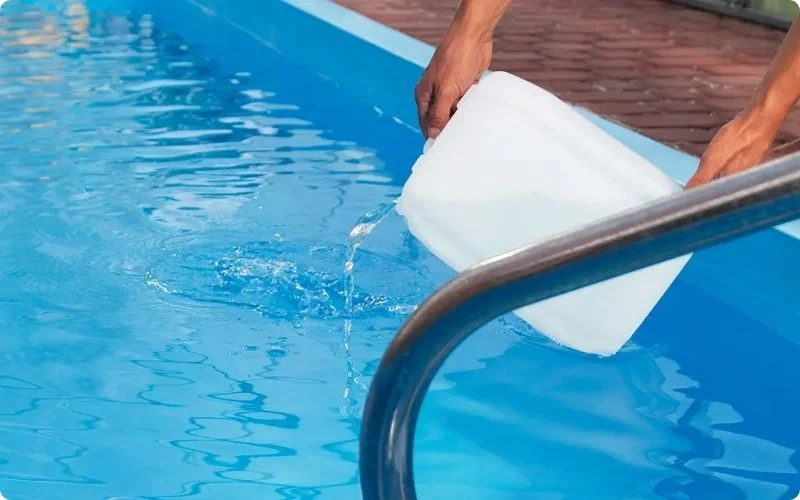
What is Pool Flocculant
Flocculant vs. Clarifier: Making the Right Choice
When it comes to clearing cloudy pool water, pool owners often face the decision between using a flocculant or a clarifier. Both products serve similar purposes but work in distinctly different ways, each with their own advantages and specific use cases.
Here's a detailed comparison to help you understand the differences:
Feature | Pool Flocculant | Pool Clarifier |
Working Mechanism | Creates large, heavy particle clusters that sink to pool bottom | Forms smaller particle clumps captured by pool filter |
Treatment Speed | Results visible within 8-24 hours | Gradual improvement over 2-5 days |
Required Effort | High - requires manual vacuuming and water replacement | Low - works through normal filtration |
Water Loss | Moderate to high during vacuum process | Minimal to none |
Filter Compatibility | Best for sand and DE filters; not suitable for cartridge filters | Works with all filter types |
Swimming Access | No swimming during treatment and cleanup | Swimming allowed during treatment |
Best Use Case | Emergency situations and quick preparation for events | Regular maintenance and mild cloudiness |
Cost Efficiency | Higher initial water loss but faster results | More economical for routine maintenance |
Chemical Impact | May require pH rebalancing after treatment | Minimal impact on water chemistry |
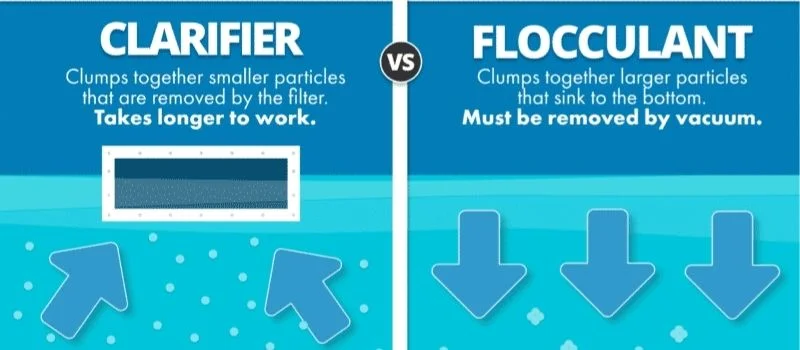
Flocculant vs. Clarifier
A Detailed Guide on How to Use Pool Flocculant
The success of pool flocculant treatment largely depends on following a precise application process. This detailed guide will ensure you achieve optimal results with your flocculant treatment.
1. Initial Pool Preparation
Before adding any flocculant to your pool, proper preparation is essential for maximum effectiveness. Begin by raising your pool's water level to its maximum recommended height, as you'll lose some water during the vacuuming process. This preventive measure ensures your skimmers and filters remain fully operational throughout the treatment.
Next, test and adjust your pool's pH level to between 7.0 and 7.6. This optimal pH range allows the flocculant to work most effectively while maintaining comfortable swimming conditions once the treatment is complete. If necessary, use appropriate chemicals to adjust the pH before proceeding.
2. Flocculant Application Process
The application of flocculant requires careful attention to dosage and distribution. Begin by carefully measuring the recommended amount of flocculant based on your pool's volume. Most manufacturers provide specific dosage instructions on their packaging, typically measured in parts per million (ppm) or ounces per 10,000 gallons of water.
Dilute the measured flocculant in a large bucket of pool water according to the manufacturer's instructions. This dilution step ensures even distribution throughout the pool. Walk slowly around the pool's perimeter, pouring the diluted solution evenly along the edges to promote uniform distribution.

Flocculant Application Process
3. Circulation and Settling Phases
The circulation and settling phases are crucial for proper flocculant operation. First, set your pool's filter system to "Recirculate" mode and run the pump for exactly two hours. This step ensures the flocculant is thoroughly mixed throughout the entire pool volume and comes into contact with all suspended particles.
After the circulation period, turn off the pump completely and allow the pool to remain completely still for at least eight hours, preferably overnight. During this settling phase, the flocculated particles will gradually sink to the bottom of the pool, forming a visible layer of sediment.
4. Final Cleanup and Restoration
The cleanup process requires careful attention to detail to avoid redistributing the settled particles. Set your filter valve to "Waste" mode to ensure the vacuumed debris bypasses your filter system. Using a manual pool vacuum, slowly and methodically vacuum the entire pool floor, paying special attention to areas with visible sediment accumulation.
Once vacuuming is complete, restore the pool's water level by adding fresh water. Finally, backwash your filters thoroughly to remove any remaining particles and return your filtration system to normal operation.

Final Cleanup and Restoration
Pro Tips for Best Results
Achieving optimal results with pool flocculant requires more than just following basic instructions. These advanced tips will help you maximize the effectiveness of your treatment while minimizing potential issues.
Timing Considerations
Choosing the right time for flocculant treatment can significantly impact its effectiveness. Evening application is ideal because it allows the settling process to occur overnight when there's no risk of disturbance from wind, swimmers, or other activities. Plan your treatment to begin approximately two hours before sunset, allowing for the circulation phase to complete just as night falls.
Proper Vacuuming Technique
The success of flocculant treatment largely depends on your vacuuming technique. Move the vacuum head slowly and deliberately across the pool floor, maintaining constant contact with the surface while avoiding any rapid movements that could stir up settled particles. If necessary, perform multiple vacuum passes, working from the deep end toward the shallow end to prevent disturbing already-cleaned areas.
Troubleshooting Common Issues
Even with careful application, you may encounter certain challenges when using pool flocculant. Understanding how to address these common issues will help ensure successful treatment.
When Flocculant Isn't Sinking
If your flocculant fails to sink properly, several factors may be at play. The most common cause is insufficient settling time - in some cases, particles may need up to 48 hours to fully settle, particularly in colder water temperatures. Ensure your pool pump remains completely off during the settling period, as even minimal circulation can prevent proper settling.
Persistent Cloudiness
When cloudiness persists after treatment, begin by examining your filter system's efficiency. Clean or backwash filters as needed and verify proper pump operation. Environmental factors such as high pollen counts or nearby construction can contribute to ongoing cloudiness. In such cases, you may need to repeat the flocculant treatment or consider using a combination of treatment methods.
Conclusion
Pool flocculant stands as an invaluable tool in the pool maintenance arsenal, offering a rapid solution to water clarity issues when properly applied. While the process requires more hands-on effort than using a clarifier, its quick-acting nature makes it indispensable for emergency situations or event preparation.
Success with pool flocculant comes from understanding its chemical properties, following proper application procedures, and maintaining patience during the treatment process. By adhering to the guidelines and tips outlined in this guide, you'll be well-equipped to tackle any water clarity issues that arise, ensuring your pool remains an inviting oasis for swimmers.
Remember that maintaining proper pool chemistry is an ongoing process, and flocculant should be part of a comprehensive pool maintenance strategy rather than a standalone solution. With proper application and maintenance, you can enjoy crystal-clear pool water throughout the swimming season.
Safety Note
Pool chemical safety should always be your top priority. Always read manufacturer instructions carefully before applying any pool chemicals, including flocculant. Store chemicals in a cool, dry place away from direct sunlight and keep them out of reach of children and pets. When in doubt about proper chemical usage or dosage, consult with a pool professional to ensure safe and effective treatment of your pool.
Related Articles
Alum Treatment for Cleaner Lakes and Ponds
In the realm of water quality management, alum treatment has emerged as a highly effective method ...
How Pool Flocculant Works and When to Use It
Keeping pool water clean and clear is a priority but sometimes regular maintenance isn’t enough to ...
Alum Water: A Simple Solution for Clean Water and More
Alum water , a solution created by dissolving alum in water, has been used for centuries as a ...
A Look at Bacterial Life: The Good, the Bad, and the Tiny
Bacteria , the microscopic organisms that have inhabited Earth for approximately 4 billion years, ...
The Role of Bacteria in Pond Health
Clear, healthy pond water isn't just a matter of luck – it's the result of countless microscopic ...
Essential Pond Treatments for a Healthy Ecosystem
A well-maintained pond creates a stunning focal point in any landscape while providing a thriving ...

